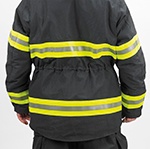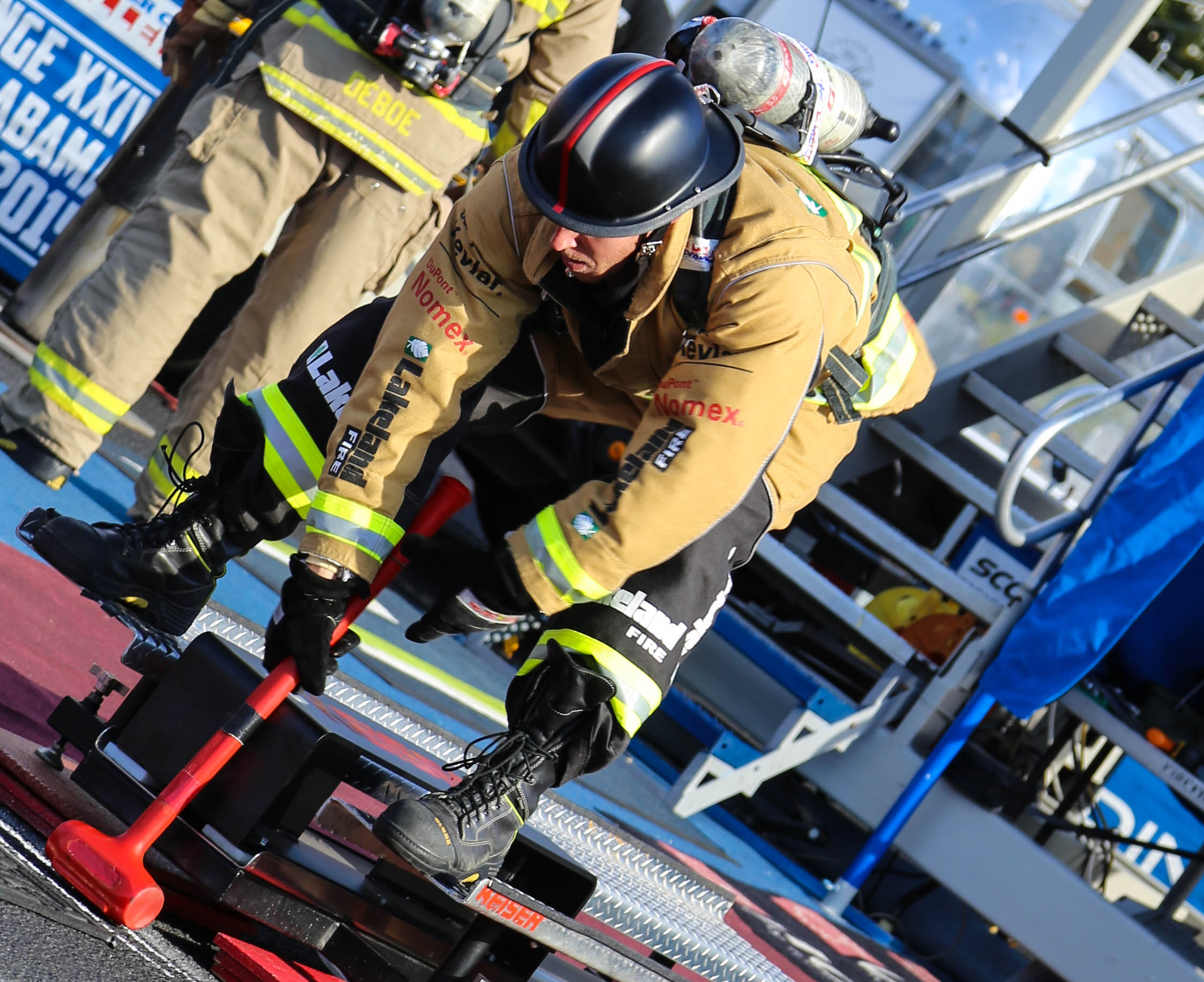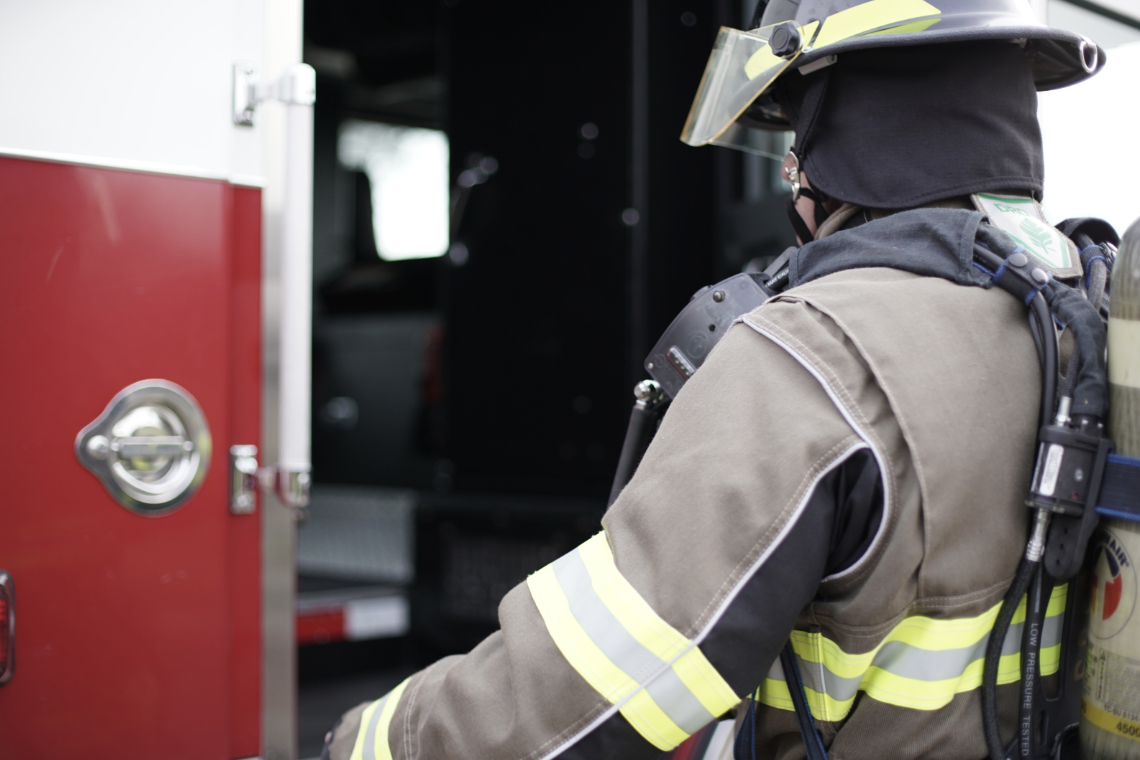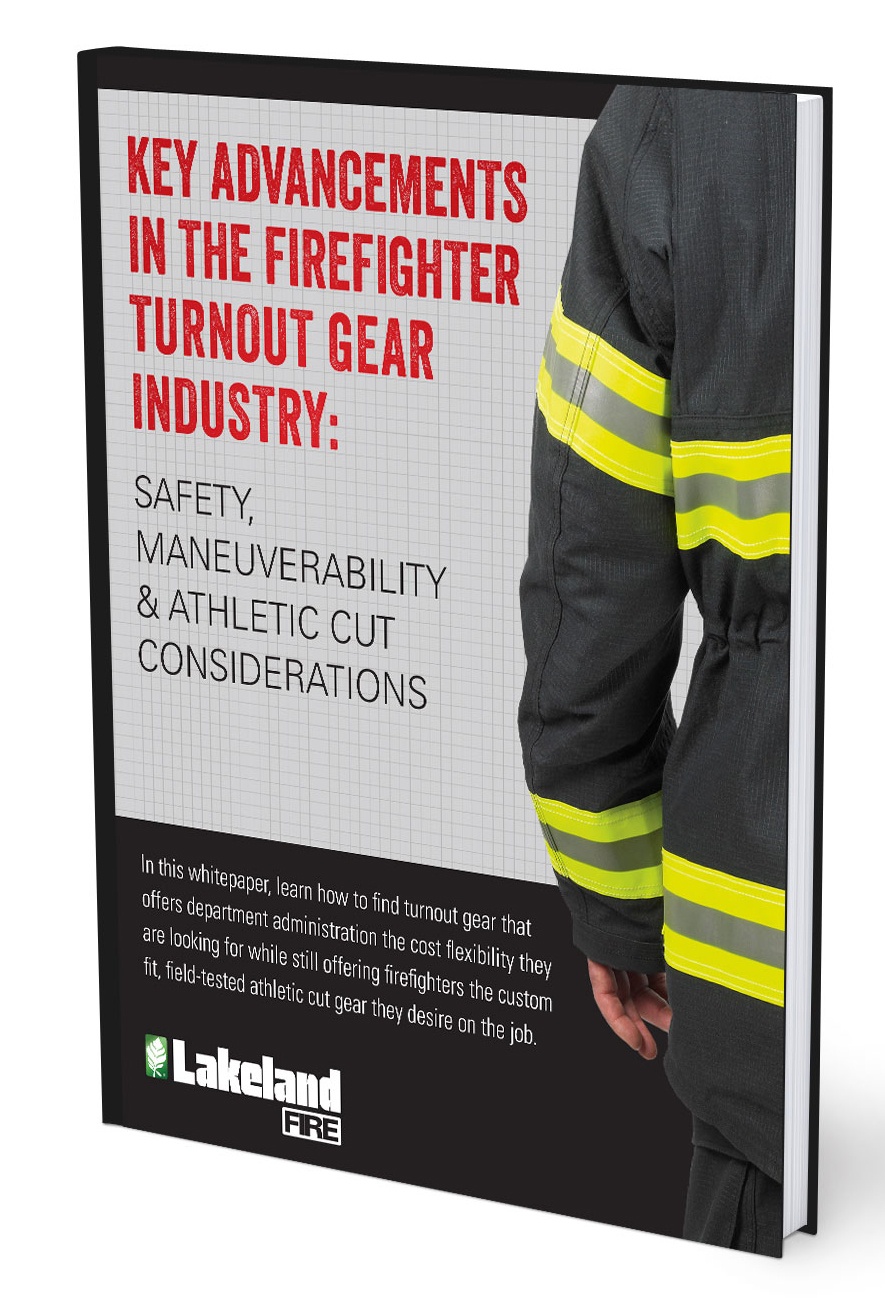As a firefighter, there are certain tasks you must complete every time you put on your gear, strap on your SBCA and arrive at the scene of an emergency. You understand the importance of saving time, even just seconds, as you complete these necessary tasks, but does your turnout gear offer you the flexibility and maneuverability to perform at your best?
What flaws in your turnout gear design slow you down and reduce your efficiency?
Design features that improve performance, reduce time to gear up and increase your efficiency should naturally be included in your turnout gear, but this is not always the case.
Take a look at the top 5 critical flaws of firefighter turnout gear. How does your gear stack up?
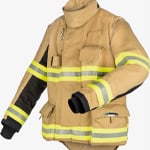 1. It’s Not Lightweight Turnout Gear
1. It’s Not Lightweight Turnout Gear
Firefighters are required to gear up for every emergency, which often entails adding 60 or more pounds in the form of turnout gear, SBCA, boots, a mask and vest. Consider the benefits of selecting turnout gear designed to be more than 10 pounds lighter than traditionally designed gear Lightweight turnout gear can be the difference between finesse and fatigue in the line of duty.
For non-fire emergencies, also consider the benefits of dual certified and extrication gear.
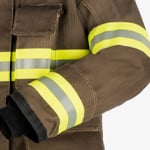 2. It Doesn’t Offer High Visibility and High Performance Features
2. It Doesn’t Offer High Visibility and High Performance Features
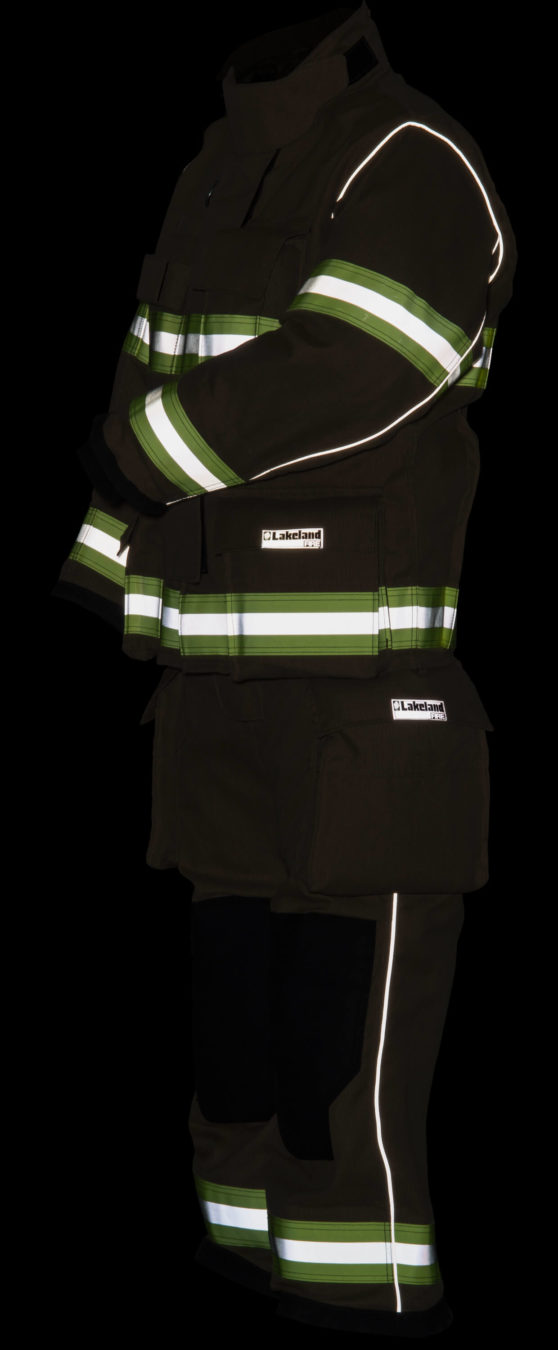
When seconds are critical, high-performance design and small details become the difference between success and failure. Bunker gear that offers high visibility reflective seams to keep firefighters visible in dark conditions, for example, is an absolute must.
Moreover, small design features, like a universal flashlight holder, adds both versatility and functionality for firefighters. If a firefighter is tasked with crawling in tight spaces, a flashlight can illuminate the way and high visibility seams will ensure they are always seen.
Adding LazerMax™ Reflective Piping will give your gear additional safety, and is ideal for any low light situations.
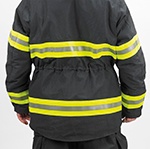 3. It Doesn’t Have A Cinching Lower Back
3. It Doesn’t Have A Cinching Lower Back
Required for many aspects of the job, an SBCA can make a loose turnout jacket feel bulky and bunched, reducing movement and function. Improve comfort and efficiency with a drawstring cinch in the lower back.
This unique design feature included in premium turnout gear allows for extra material to gather in the back of the jacket, behind the SBCA, leaving the front of the jacket straight for increased movement. The best turnout gear considers comfort, safety and functional elements in the design.
What other qualities does the best turnout gear share? Take a look at optimal turnout gear construction now.
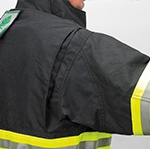 4. Inflexible Shoulder and Knee Construction
4. Inflexible Shoulder and Knee Construction
A poorly constructed jacket sleeve can be a safety and time issue in the line of duty. If sleeve design prevents a firefighter from lifting their arms, or if raising their arms causes the jacket to pull up, this can cause problems at the scene of an emergency.
A properly constructed jacket shoulder should include both back pleats and underarm gussets to allow for maximum movement. In addition, the shoulder should be set into the coat, with the shoulder seam located close to the neck seam.
A correctly placed shoulder seam, near the neck, will allow a firefighter to lift and extend their arms with freedom and without causing their coats to rise or pull up.
The same can be said about knee construction. Traditional turnout gear includes a static knee construction, with a fully extended pleat below the knee. Not only does the clumsy design and extra material cause knee knocking, before a firefighter can climb stairs or drag a hose, they’ll be required to waste precious time hoisting up their pants. Instead, opt for a turnout pant designed to optimize performance on the job.
A turnout pant designed with a dynamic knee expansion pleat located above each knee, as opposed to below the knee, allows for improved maneuverability, movement and flexibility.
In addition, a turnout pant that offers extra protection when using the side of your knees to push off or feel your way through a dark environment is an added bonus. The best bunker gear is designed to improve agility and movement speed to help firefighters perform at their very best.
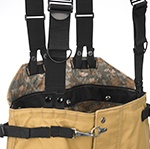 5. Suspenders That Don’t Stay Put
5. Suspenders That Don’t Stay Put
Freedom to move with ease is one of the essential requirements of turnout gear, but when movement causes suspenders to slip off the shoulder, it can be both distracting and dangerous. A suspender system that is designed to move and that’s constructed in a way to make adjustments simple, is ideal. Suspenders certainly won’t save a life in an emergency, but poorly constructed suspenders can distract and disrupt a firefighter in moments when focus and attention are essential.
How does your firefighter turnout gear stack up?
Lakeland Stealth™ Turnout Gear is the ultimate in fire protection technology. Advanced ergonomics combined with cutting edge materials give you superior protection with maximum freedom of movement. Learn more about Lakeland Stealth and #GearUp with Lakeland.
